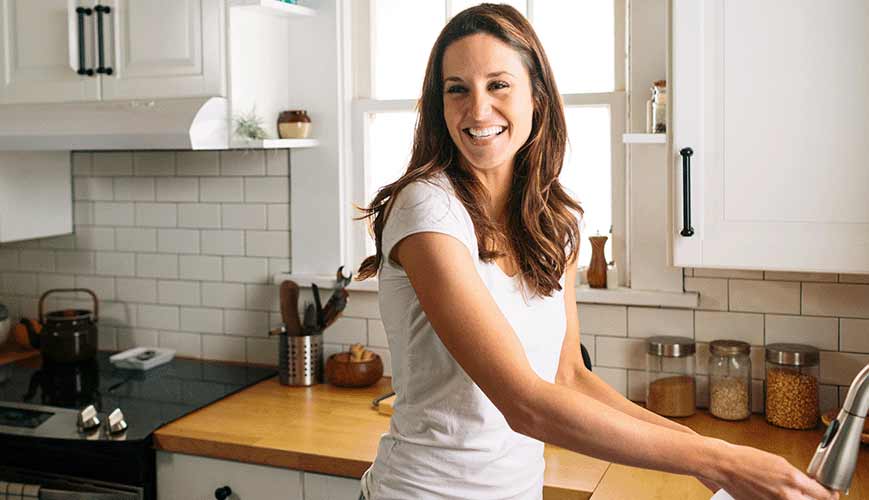All You Need to Know: Spring Cleaning Injuries
By Martha Michael

The fresh start you got in January set the tone for the year and you have plenty to do. When the worst of winter is over you raise the drawbridge to begin new projects that involve more than just organizing your sock drawer.
There are cupboards to clean, mattresses to flip, and trips to the attic to stow boxes. Before you get started on the garage, the shower, and the windows, be aware of the potential for injuries.
Safety First
When the servants have the day off, you’ll probably find it isn’t as easy as it looks to lift, lean, and bend. But don’t be cavalier -- pay attention while completing chores and spring cleaning, says an article by the Home Safety Council. Injuries at home lead to more than 21 million medical visits and nearly 20,000 fatalities every year.
Falling and poisoning are two of the leading causes of injury or death in households, but Americans don’t seem to be aware of it. According to research by the nonprofit Council, just 6 percent of residents recognize the reality that there’s an increase in household safety risks in the spring as compared to other seasons of the year.
"Climbing ladders, piling clutter on the floor and using household cleaners and chemicals are just a few examples of risky spring-cleaning work,” says Home Safety Council President Meri-K Appy. “They may sound harmless, but these common activities are associated with thousands of falls and accidental poisoning injuries each year. There's no need to give up spring cleaning. Simply being aware of the dangers and taking simple steps to spring clean safely can prevent an injury."
Injury Prevention
There are more hazards at home than the potential for slip-and-fall incidents or chemical damage during household chores, says an article on Medicareful Living. You can get a cut, bruise, or strain a muscle as well.
Deciding who does the heavy lifting is the first question in the process. Whether you need to move large furniture or carry bins up a flight of stairs, the weight and size of the item can have an impact on your health.
“Heavy is a subjective term, so if you’re unable to comfortably lift an item, get help,” the article says.
If it falls on you to carry the load, follow proper lifting techniques to avoid back injuries. Use your legs when you lean down to lift, gaining upward force with the muscles in your lower body -- not your back. Lower yourself by bending your knees and lift up by straightening them. You can get strained back muscles even when lifting light furnishings if you aren’t careful.
Preventing Health Issues
When you have the choice of prevention over cure, you want the former, of course. Getting and keeping your body sound and healthy is one way to thwart the possibility of damage or injury.
Exercises such as stretching will increase flexibility and loosen your joints. And walking is a way to warm up your muscles before digging into the next cupboard.
To carve out time for these projects you may be overhauling your schedule too. When you do, be certain to make your health a priority.
Scheduling regular visits with a chiropractor is an important part of making yourself ready for a day of physicality. You receive treatments such as spinal manipulation that are designed to improve your mobility which aids you in getting the work done. And if your house is clean and organized but your back is sore or you strained some muscles, your chiropractor has a record of your baseline health, which is valuable in the event of injury. After an examination, the chiropractor can give you a proper diagnosis and develop an effective treatment plan.
Lifting, climbing, leaning, bending and scrubbing all have rewards, but it’s a good idea not to deny the risks of injury involved. Lording over your property is a great feeling when your home is your castle -- not hassle.
The information, including but not limited to, text, graphics, images and other material contained on this page are for informational purposes only. The purpose of this post is to promote broad consumer understanding and knowledge of various health topics, including but not limited to the benefits of chiropractic care, exercise and nutrition. It is not intended to provide or be a substitute for professional medical advice, diagnosis or treatment. Always seek the advice of your chiropractor, physician or other qualified health care provider with any questions you may have regarding a medical condition or treatment and before undertaking a new health care regimen, and never disregard professional medical advice or delay in seeking it because of something you have read on this page.